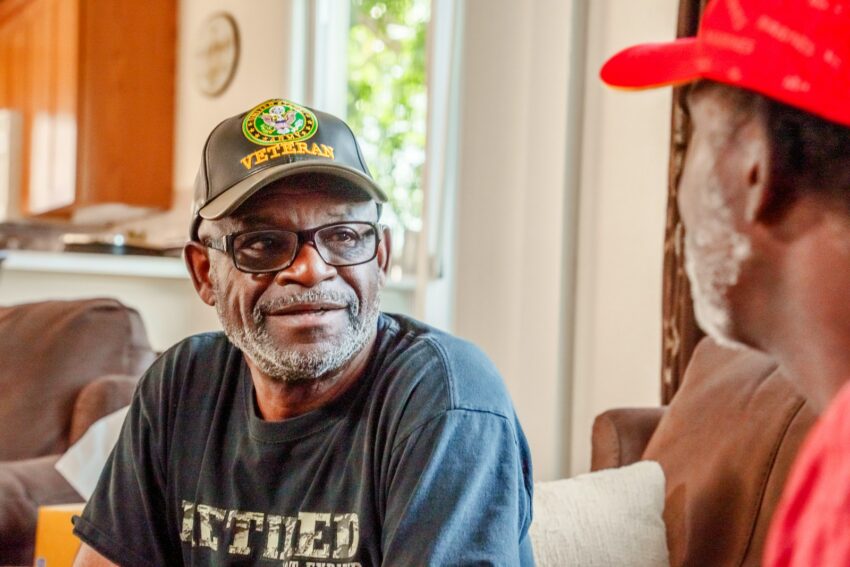The transition from military to civilian life represents one of the most significant challenges that service members face, often rivaling the difficulties encountered during active duty itself. While veterans have sacrificed tremendously for their country, the support systems available upon their return home frequently fall short of addressing their complex needs. Understanding these challenges is essential for developing better resources and creating communities that truly honor the service of those who have worn the uniform.

The Struggle With Mental Health
Mental health issues stand as perhaps the most pressing concern for returning veterans. The Department of Veterans Affairs estimates that approximately 11 to 20 percent of veterans who served in Operations Iraqi Freedom and Enduring Freedom experience Post-Traumatic Stress Disorder in a given year. For Vietnam veterans, that number rises to about 12 percent, while Gulf War veterans experience PTSD at a rate of 12 percent. These statistics reveal only part of the picture, as many veterans never seek help due to stigma or lack of access to care.
Depression and anxiety frequently accompany PTSD, creating a complex web of psychological challenges. The hypervigilance required in combat zones doesn’t simply switch off upon returning home. Veterans often find themselves scanning rooms for exits, struggling with loud noises, or experiencing intense emotional reactions to situations that civilians navigate with ease. Sleep disturbances plague many former service members, with nightmares and insomnia becoming unwelcome companions long after deployment ends.
The suicide rate among veterans represents a crisis that demands urgent attention. According to the VA’s National Veteran Suicide Prevention Annual Report, an average of 17 veterans die by suicide each day. This staggering statistic underscores the critical need for expanded mental health services and more effective intervention strategies.

Employment and Economic Hardship
Finding meaningful employment after military service presents substantial obstacles for many veterans. While their military training provides valuable skills, translating those competencies into civilian job qualifications proves challenging. A tank mechanic or infantry specialist may possess exceptional technical abilities and leadership experience, yet struggle to communicate these strengths in terms that civilian employers understand or value.
The unemployment rate for veterans has improved in recent years but remains a concern, particularly for younger veterans and those with service-connected disabilities. Many veterans find themselves underemployed, working in positions that fail to utilize their full capabilities or provide adequate compensation. This economic instability creates cascading effects on housing security, family relationships, and overall quality of life.
Veterans with disabilities face even steeper employment challenges. Physical injuries sustained during service can limit job options, while invisible wounds like traumatic brain injuries or PTSD may create workplace difficulties that employers don’t recognize or accommodate. The process of obtaining disability benefits through the VA can take months or years, leaving veterans in financial limbo during a critical transition period.
Healthcare Access and Navigation
While the VA healthcare system serves millions of veterans, accessing these benefits often involves navigating a complex bureaucracy that can feel nearly as daunting as combat itself. Wait times for appointments can stretch for weeks or months, particularly in rural areas where VA facilities are scarce. Many veterans find themselves caught between eligibility requirements, facing gaps in coverage during the transition from military to veteran status. “Personal injury cases involving veterans can be particularly complex when service-related conditions intersect with civilian incidents”, says Unruh Law, a law firm from San Francisco, CA. These legal complications often require specialized knowledge to ensure veterans receive appropriate compensation for their injuries while protecting their existing benefits.
Chronic pain affects a significant portion of the veteran population, stemming from both physical injuries and the wear and tear of military service. Managing this pain while avoiding opioid dependency has become a critical concern, as veterans were disproportionately affected by the opioid crisis. Many struggle to find adequate pain management solutions that allow them to maintain quality of life without risking addiction.
Social Reintegration and Identity
The military provides a strong sense of identity, purpose, and community that many veterans struggle to replicate in civilian life. The camaraderie forged through shared hardship and mission creates bonds that civilian relationships rarely match. Veterans often feel isolated among people who cannot comprehend their experiences, leading to a sense of alienation even within their own families and communities.
The loss of structure and clear mission that military life provides can leave veterans feeling adrift. Decisions about career paths, where to live, and how to spend their time suddenly become overwhelming after years of having these aspects of life dictated by duty assignments and military needs. Some veterans describe feeling like they’ve lost their sense of purpose, particularly those whose military careers were cut short by injury.
Moving Forward
Addressing these challenges requires comprehensive approaches that recognize the interconnected nature of veterans’ needs. Communities, employers, healthcare providers, and legal professionals all play crucial roles in supporting successful transitions. While progress has been made in recent years, much work remains to ensure that those who served receive the support they’ve earned through their sacrifice and dedication to their country.
